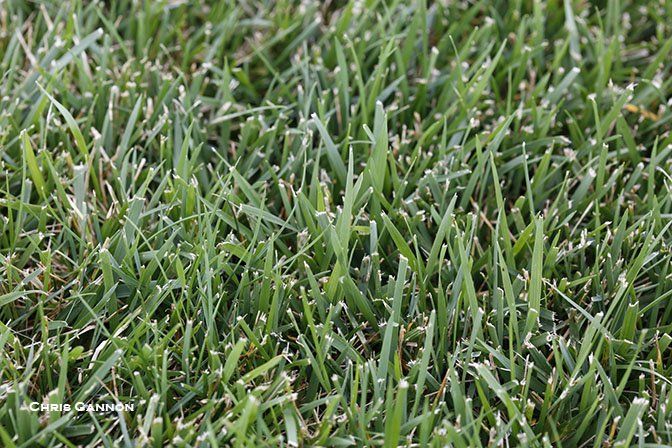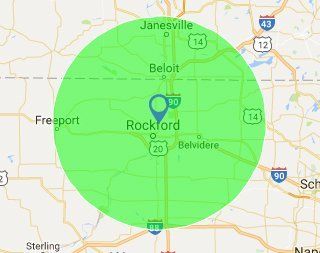Grassy Lawn Weeds
Each of these grasses are characterized by a very vigorous and invasive growth pattern. This is especially troublesome in turf, because, unlike their common broadleaf counterparts, selective herbicides for their control are not possible.
Weed control DOES NOT work on these plants. Glyphosate (Round-up) a non-selective, general purpose herbicide works to control these weeds but will kill all vegetation around the area of application resulting in the need for an over seed of your desired grass species. Other products that can work to help treat these weeds in Q4 and Tenacity.
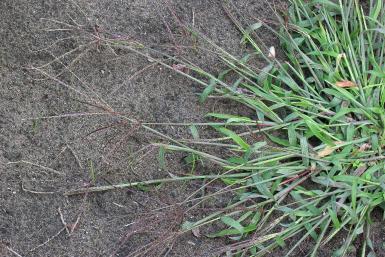
Crabgrass
Tall Fescue
Tall Fescue
- core aerations to reduce compaction and work the soil
- over seeding to increase grass density
- proper watering
- mowing at the proper height
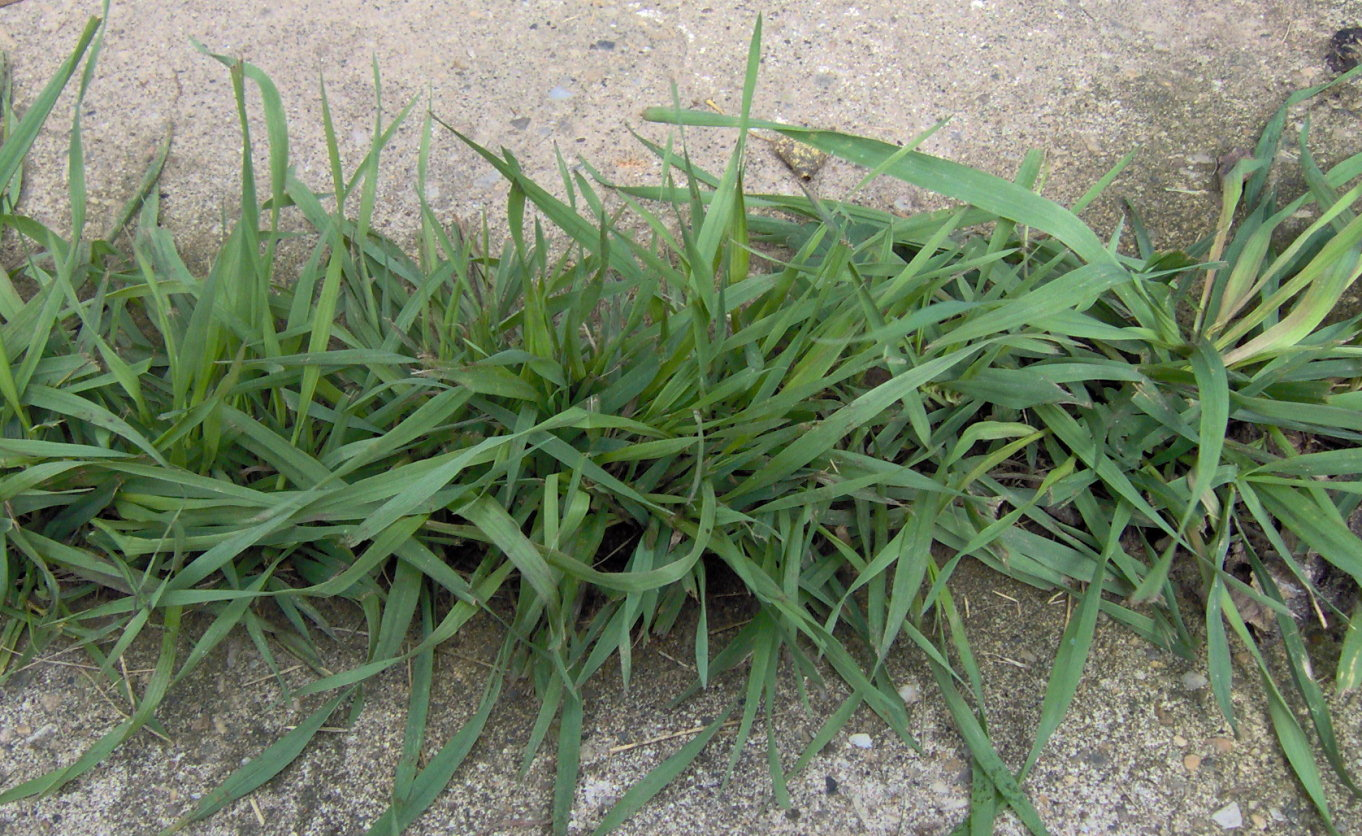
Quackgrass
Quackgrass
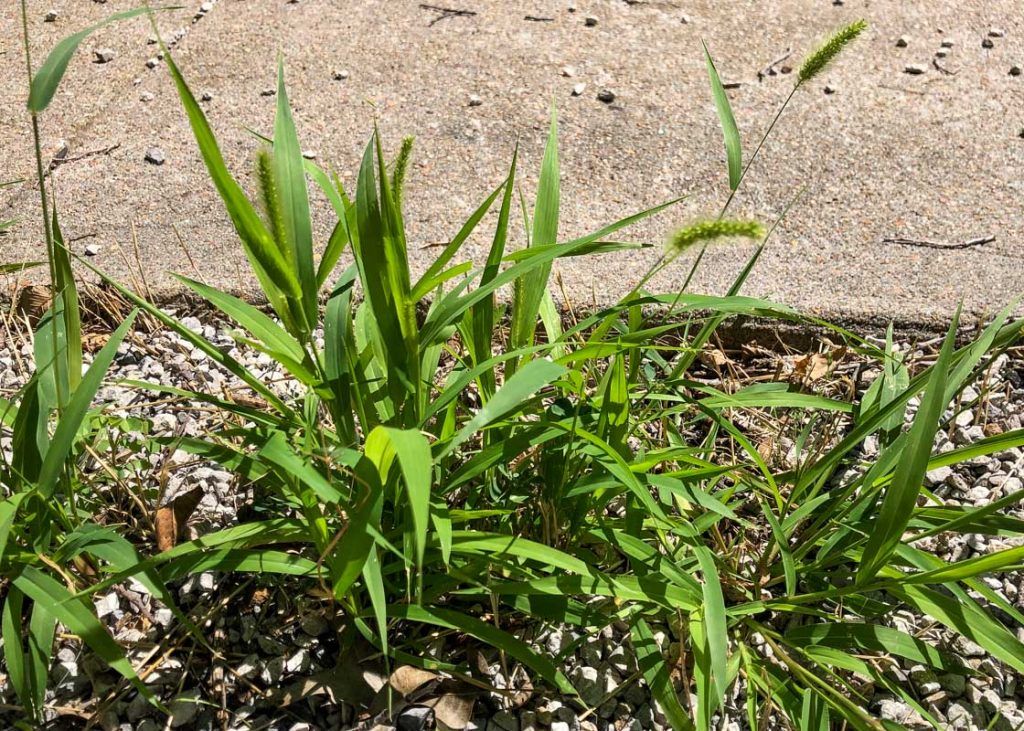
Foxtail
Foxtail weed is an annual grass that, like crabgrass, rears its ugly head in the summer time. It gets its name from the bushy seed heads it produces, which look like foxes’ tails. There are three different types of foxtail that grows in the U.S.: yellow, green, and giant. Yellow foxtail is the smallest and the most prevalent in lawns. Foxtail weed can grow in a wide range of conditions and can be found in both moist and dry soil. It has wide, flat leaf blades that look similar to crabgrass, but can be easily distinguished from crabgrass when the seed heads form in summer.
The best ways to prevent foxtail:
- Stop it before it Starts: Apply a pre-emergent in the spring to give your lawn the nutrients it needs to grow thick and lush while also killing and preventing foxtail, crabgrass, and other listed weeds.
- Crowd it out: A thick, lush lawn is the best defense against weeds. Regular fertilizer applications will not only improve your lawn’s appearance, but will also strengthen and thicken the grass to help crowd out weeds.
- Mowing at the proper height.

Nutsedge
Nutsedge is very aggressive and persistent perennial weed that commonly infest lawns, vegetable and flower gardens, and home landscapes. They can be very difficult to eradicate.
Nutsedge is often referred to as “nutgrass” because they closely resemble grasses. Correctly identifying nutsedge is very important because most herbicides for grass control aren't effective on this kind of grassy weed. Nutsedge can be distinguished from grasses by their stems, which are triangular or V-shaped in cross-section, while grass stems are hollow and round. Their leaves are thicker and stiffer than most grasses and are arranged in groups of three at the base. Tubers and rhizomes survive in the soil and sprout the following spring.
The best ways to prevent nutsedge:
- Crowd it out: A thick, lush lawn is the best defense against any weeds. Regular fertilizer applications will not only improve your lawn’s appearance, but will also strengthen and thicken the grass to help crowd out weeds.
- Mowing at the proper height.

Zoysia
Due to the aggressive nature of zoysia grass, it can be labeled as invasive. It grows in a very thick dense patches which can choke out more desirable grasses in your lawn and can also cause thatch.
Zoysia grass in meant for warmer climates than our own so due to our colder temperatures, it will not stay green year-round in our climate. Zoysia grass will only look green for about three months of the year and then lose the green hue around mid-autumn. Often, the lawn will stay brown well into Spring.
Zoysia grass can only be eradicated by a non-selective herbicide.
If you notice any of these undesirable grassy weeds in your yard, contact us to see what we can do to get your lawn back into tiptop shape!

